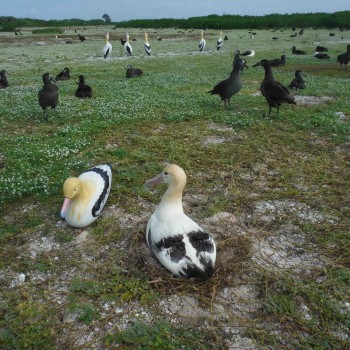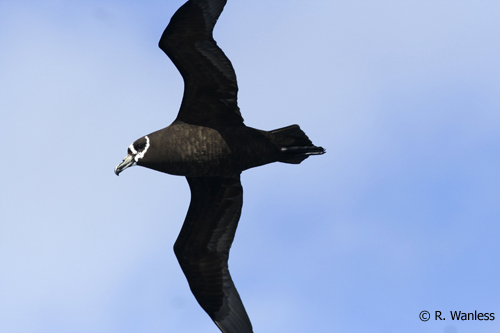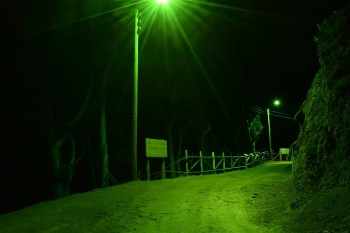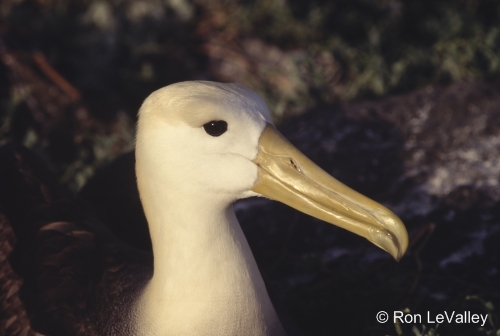Zachery Lounsberry (Mammalian Ecology and Conservation Unit, Veterinary Genetics Laboratory, School of Veterinary Medicine, University of California, Davis, California, USA) and colleagues have published in the journal Molecular Ecology Resources on sequencing the three species of North Pacific albatrosses Phoebastria spp.
The paper’s abstract follows:
“Use of complete mitochondrial genomes (mitogenomes) can greatly increase the resolution achievable in phylogeographic and historical demographic studies. Using next-generation sequencing methods, it is now feasible to efficiently sequence mitogenomes of large numbers of individuals once a reference mitogenome is available. However, assembling the initial mitogenomes of nonmodel organisms can present challenges, for example, in birds, where mtDNA is often subject to gene rearrangements and duplications. We developed a workflow based on Illumina paired-end, whole-genome shotgun sequencing, which we used to generate complete 19-kilobase mitogenomes for each of three species of North Pacific albatross, a group of birds known to carry a tandem duplication. Although this duplication had been described previously, our procedure did not depend on this prior knowledge, nor did it require a closely related reference mitogenome (e.g. a mammalian mitogenome was sufficient). We employed an iterative process including de novo assembly, reference-guided assembly and gap closing, which enabled us to detect duplications, determine gene order and identify sequence for primer positioning to resolve any mitogenome ambiguity (via minimal targeted Sanger sequencing). We present full mtDNA annotations, including 22 tRNAs, 2 rRNAs, 13 protein-coding genes, a control region and a duplicated feature for all three species. Pairwise comparisons supported previous hypotheses regarding the phylogenetic relationships within this group and occurrence of a shared tandem duplication. The resulting mitogenome sequences will enable rapid, high-throughput NGS mitogenome sequencing of North Pacific albatrosses via direct reference-guided assembly. Moreover, our approach to assembling mitogenomes should be applicable to any taxon.”

All three species of North Pacific albatrosses on Kure Atoll
Reference:
Lounsberry, Z.T., Brown, S.K., Collins, P.W., Henry, R.W., Newsome, S.D.& Sacks, B.N. 2015. Next-generation sequencing workflow for assembly of nonmodel mitogenomes exemplified with North Pacific albatrosses (Phoebastria spp.). Molecular Ecology Resources 15: 893-902.
John Cooper, ACAP Information Officer, 18 June 2015


 English
English  Français
Français  Español
Español 



